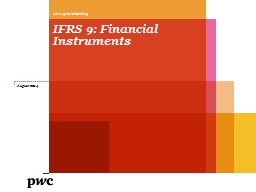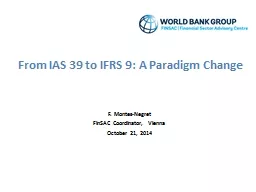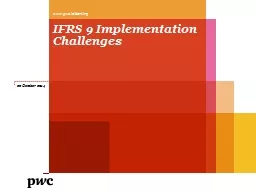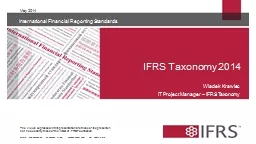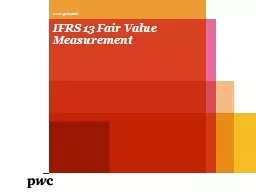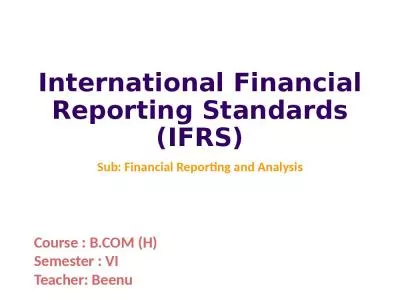PPT-IFRS 9: Impact on Sri Lankan Banks
Author : della | Published Date : 2023-11-05
August 2014 Sujeewa Mudalige Managing Partner PwC Agenda Slide 2 IFRS 9 overview Expected credit losses Challenging times ahead IFRS 9 Overview 1 IFRS 9 Financial
Presentation Embed Code
Download Presentation
Download Presentation The PPT/PDF document "IFRS 9: Impact on Sri Lankan Banks" is the property of its rightful owner. Permission is granted to download and print the materials on this website for personal, non-commercial use only, and to display it on your personal computer provided you do not modify the materials and that you retain all copyright notices contained in the materials. By downloading content from our website, you accept the terms of this agreement.
IFRS 9: Impact on Sri Lankan Banks: Transcript
Download Rules Of Document
"IFRS 9: Impact on Sri Lankan Banks"The content belongs to its owner. You may download and print it for personal use, without modification, and keep all copyright notices. By downloading, you agree to these terms.
Related Documents

